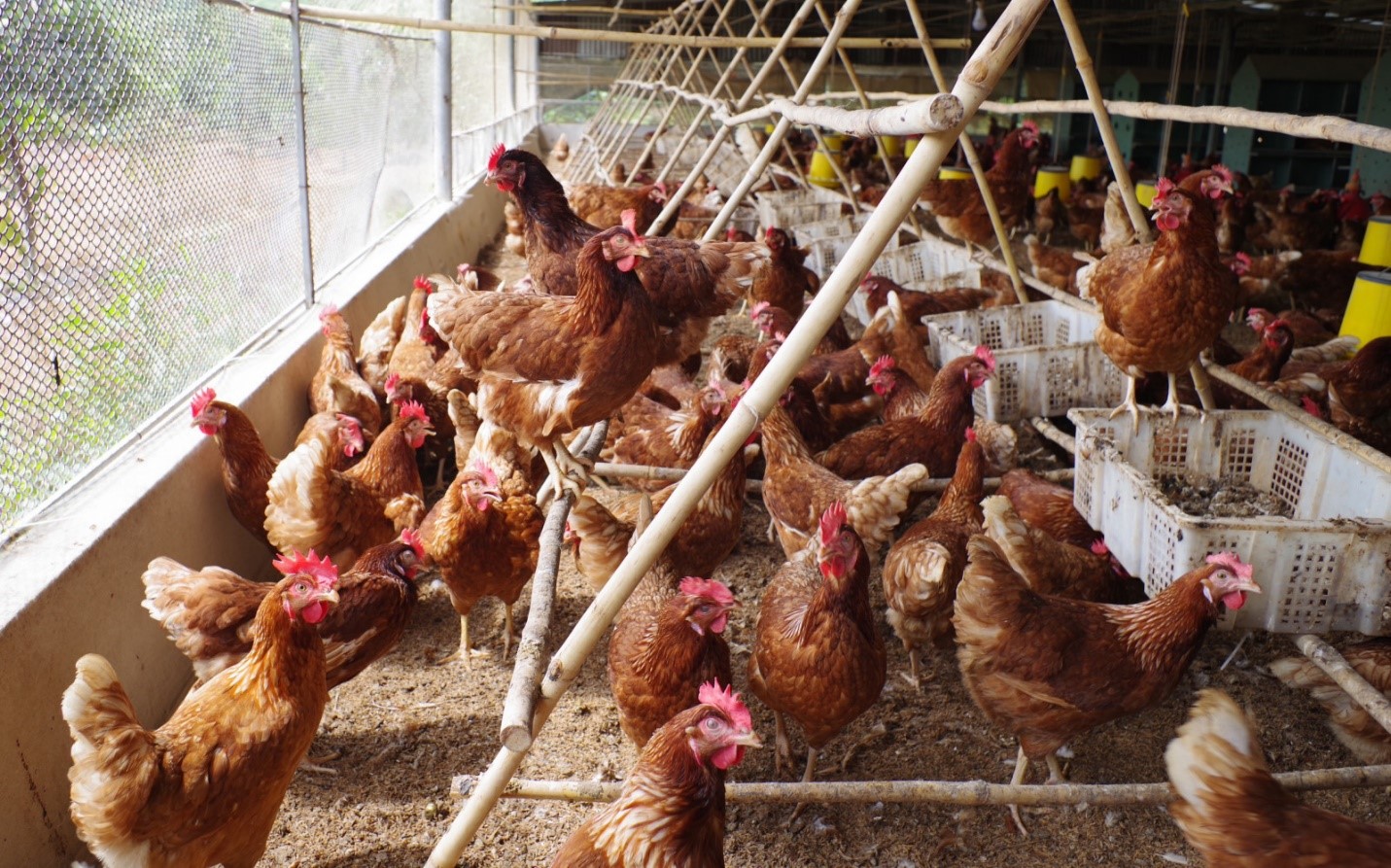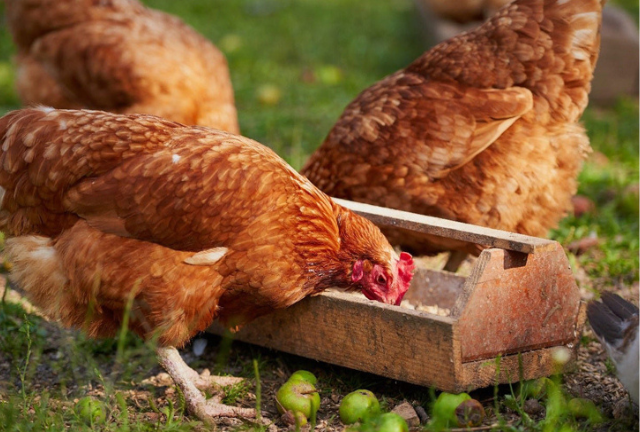Organic eggs are not only clean and delicious but also offer high economic value. With growing market demand, organic layer farming is creating great opportunities for livestock producers aiming to develop in a green, safe, and sustainable direction.
Organic eggs are a type of clean and safe egg that command significantly higher prices than conventional eggs. They are especially favored by health-conscious and gourmet consumers.
But how can farmers raise organic layers that produce truly clean, certified eggs — in an efficient, cost-effective, and profitable way?
Let’s explore the secrets to successful organic layer farming, a model of clean livestock production with high profit margins.

I. WHAT IS AN ORGANIC LAYER HEN?
Organic layer hens are chickens raised under natural, sustainable farming practices:
No antibiotics, no growth promoters.
No consumption of industrial feed containing banned substances. Their diet consists mainly of corn, paddy rice, leafy greens, and probiotic-fermented mash.
Chickens are free-ranged and encouraged to exercise daily.
Because they live in a clean environment and consume clean, natural feed, the eggs they produce are nutrient-rich, free from chemical residues, and highly marketable at premium prices.
II. ORGANIC POULTRY HOUSING MODEL
A proper organic chicken coop should meet the following criteria:
Good ventilation and ample natural lighting.
Clean nesting boxes, with straw or bedding replaced regularly.
A spacious outdoor run with grass and soil, allowing birds to move freely and behave naturally.
Farmers are encouraged to use biological bedding systems (biolitter) to control odor, reduce the incidence of respiratory diseases, and minimize labor in waste management.
Biofarm probiotics can be used to inoculate the litter and enhance its effectiveness.

III. FEED AND MANAGEMENT
When it comes to nutrition, organic layers should not be fed with pre-mixed commercial industrial feed.
Instead, farmers should use natural feed sources, including:
Cereal grains such as corn, paddy rice, cassava, and soybeans as primary feed ingredients.
Supplement with digestive enzyme probiotics to improve gut health and nutrient absorption. Products like Haspro or Fizymlus are recommended.
Additives such as leafy greens, garlic, ginger, and various medicinal herbs can help detoxify the liver and boost the birds’ natural immunity, reducing disease risk without the use of pharmaceuticals.

IV. VALUE AND MARKET POTENTIAL
Organic eggs are increasingly in demand, especially among urban consumers, due to their safety, lack of chemical residues, and rich flavor.
Typically, clean eggs sell for 1.5 to 2 times the price of conventional eggs and maintain stable demand year-round.
Thus, organic layer farming offers a steady income stream, especially for farmers who establish a trusted clean-egg brand.
Raising organic layer hens not only brings good economic returns, but more importantly contributes to consumer health, environmental protection, and the real value of Vietnamese agricultural products.
